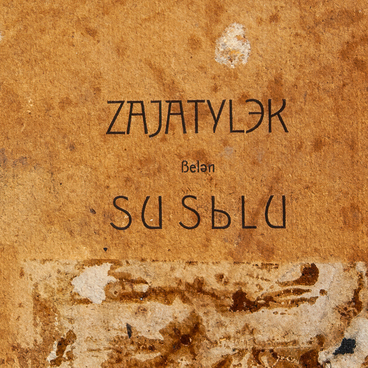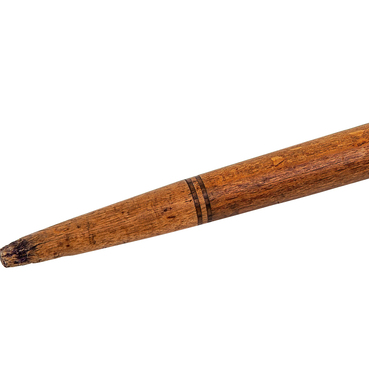Majit Gafuri’s son Anvar, a journalist, a popularizer of the poet’s work, participant of the Great Patriotic War, donated the portable typewriter Erika to the museum. This small folding model with three rows of keyboards was convenient to take everywhere. The first model was produced by the Seidel and Naumann factory in 1910. They were made until 1949, when the company was nationalized.
One of the first machines, similar to the one from the collection of the museum, was invented in France in 1833. Ten years later, the first model designed for blind people was made.
The next milestone in the development of typewriters was in 1867, when American printers Samuel Soullet and Latham Sholes invented a mechanism for page numbering. It was widely used for printing bank notes and later, it was used to create the first modern typewriter. It allowed printing clearly and quickly, but only in capital letters. This technology was patented in 1868.
In 1873, Latham Sholes invented a more reliable and handy model. It allowed to put letters and symbols on paper by means of special levers with letters. Sholes offered it to the Remington factory, which made sewing and farming equipment. A year later, the first batch of machines went on sale, and two years later, they were mass-produced. Banks and business offices did not immediately get used to this technical novelty. It became popular closer to the end of 19th century.
For a long time no typewriters were produced in Russia, but American and German models were sold. Only in 1929, at the Kazan Typewriters Machine Shop ‘Tatyazmash’ the first Soviet typewriter ‘Yanalif’ was created. In the 1930s, the ‘1st State Typewriter Factory’ (‘Pishmash’) opened in Leningrad, which produced the ‘Leningrad’ typewriter model. At the same time, plants appeared in Moscow and Ufa. In 1938, the alphabets of the peoples of the USSR were switched to Cyrillic alphabet, and the Kazan Typewriter Factory began producing the ‘Progress’ typewriter model. This model typed in Russian and Tatar languages.
One of the first machines, similar to the one from the collection of the museum, was invented in France in 1833. Ten years later, the first model designed for blind people was made.
The next milestone in the development of typewriters was in 1867, when American printers Samuel Soullet and Latham Sholes invented a mechanism for page numbering. It was widely used for printing bank notes and later, it was used to create the first modern typewriter. It allowed printing clearly and quickly, but only in capital letters. This technology was patented in 1868.
In 1873, Latham Sholes invented a more reliable and handy model. It allowed to put letters and symbols on paper by means of special levers with letters. Sholes offered it to the Remington factory, which made sewing and farming equipment. A year later, the first batch of machines went on sale, and two years later, they were mass-produced. Banks and business offices did not immediately get used to this technical novelty. It became popular closer to the end of 19th century.
For a long time no typewriters were produced in Russia, but American and German models were sold. Only in 1929, at the Kazan Typewriters Machine Shop ‘Tatyazmash’ the first Soviet typewriter ‘Yanalif’ was created. In the 1930s, the ‘1st State Typewriter Factory’ (‘Pishmash’) opened in Leningrad, which produced the ‘Leningrad’ typewriter model. At the same time, plants appeared in Moscow and Ufa. In 1938, the alphabets of the peoples of the USSR were switched to Cyrillic alphabet, and the Kazan Typewriter Factory began producing the ‘Progress’ typewriter model. This model typed in Russian and Tatar languages.



